As offshore drilling ventures into deeper waters, the challenges associated with maintaining consistent and reliable well stream flow from downhole to processing facilities have become more complex. This issue, known as flow assurance, is crucial for the economic viability and operational efficiency of deepwater oil and gas production. Without proper preventative measures, pipelines are susceptible to blockages caused by solid deposits such as waxes, hydrates, paraffins, asphaltenes, and scales, which can lead to costly disruptions and potential shutdowns.
The Importance of Flow Assurance
Flow assurance encompasses the technology and strategies required to effectively transport hydrocarbon fluids from the reservoir to the export point. The goal is to ensure that these fluids move smoothly and economically throughout the life of a field, regardless of environmental conditions. However, in deepwater environments, the risk of flow distortion due to solid deposit formation is significantly heightened.
Hydrates, waxes, and asphaltenes can crystallize and deposit on pipeline walls under the right (or wrong) physical conditions, such as low temperatures and high pressures. These deposits can severely restrict or block pipelines, leading to production halts, expensive repairs, and, in extreme cases, complete operational shutdowns. The deeper the water, the more challenging and costly it becomes to address these issues.
Why Preventative Measures Are Essential
Given the complexity and cost of dealing with pipeline blockages, especially in deepwater operations, preventative measures are not just beneficial—they are essential. Traditionally, the industry has relied on thermal, chemical, and mechanical methods to prevent and manage these deposits. However, these methods can be costly, and their effectiveness can vary depending on the specific conditions of each pipeline.
This is where the need for innovative preventative solutions comes into play. DragX, a cutting-edge surface treatment technology, has emerged as a game-changer in the field of flow assurance. DragX works by modifying the internal surfaces of pipelines to reduce friction and prevent the adhesion of problematic deposits like waxes and asphaltenes. By integrating DragX into the pipeline infrastructure, operators can significantly reduce the likelihood of flow disruptions, ensuring a smoother and more consistent flow of hydrocarbons.
The Role of DragX in Enhancing Flow Assurance
DragX’s advanced surface treatment technology provides a proactive approach to pipeline maintenance. By applying DragX, operators can prevent the formation and build-up of deposits before they become a problem. This not only ensures continuous operation but also reduces the need for costly and time-consuming interventions, such as pigging or chemical treatments.
Moreover, DragX enhances the overall efficiency of the pipeline by minimizing frictional resistance, which can lead to lower energy consumption for pumping and transporting hydrocarbons. This reduction in energy use translates to cost savings and a smaller environmental footprint—both critical factors in today’s energy industry.
In the high-stakes world of deepwater oil and gas production, flow assurance is not just a technical challenge; it is a critical factor that can make or break the economic viability of a project. As the industry continues to push into deeper waters, the importance of preventative measures cannot be overstated. DragX technology offers an innovative and effective solution to ensure that pipelines remain free of blockages and operate at peak efficiency. By integrating DragX into their flow assurance strategies, operators can protect their investments, enhance operational efficiency, and ensure a steady flow of hydrocarbons from the reservoir to the export point. Reach out to our experts for more information.

